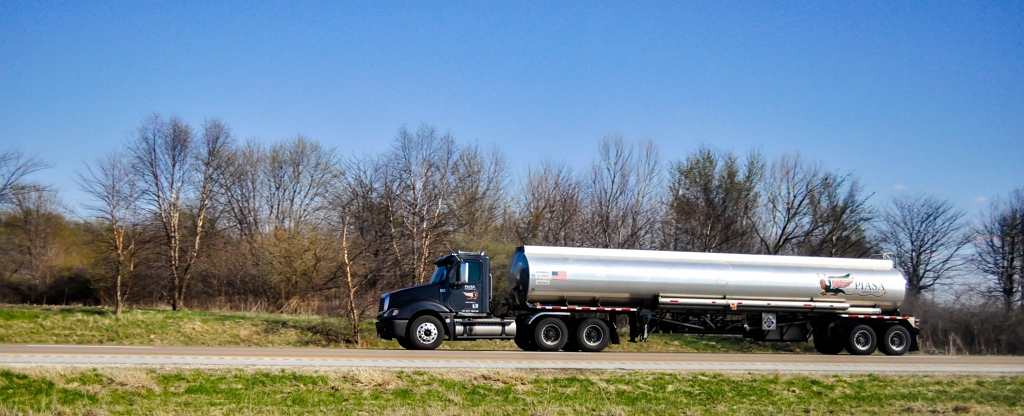Description
A hazardous material (hazmat) is any solid, liquid, or gas that can harm people, other living organisms, property, or the environment. Chemical manufacturers, distributors and vendors are sources of hazardous materials, as are hazardous materials waste sites and many users, including service stations and hospitals. Spills or releases can occur during production, storage, transportation, use, or disposal. Most incidents occur at fixed facilities, such as an industrial plant, however, spills are also common along railroads, highways, pipelines, and waterways.
Location and Extent
Toxic Release Inventory Facilities
Hazardous materials can be found in any community, as they are used in homes, hospitals, and factories, and are shipped daily via land, air, railways, and pipelines (FEMA, 2019). If released, these materials can damage the environment, critical infrastructure, property, and people. The U.S. Environmental Protection Agency’s (EPA) Toxic Release Inventory (TRI) tracks the management of certain chemicals that may pose a threat to human health and the environment. Industrial facilities must report how much of each chemical is recycled, combusted for energy recovery, treated for destruction, and disposed of or released on- and off-site.
Natural Gas and Hazardous Liquid Pipelines
There are two general types of energy pipelines – natural gas pipelines and hazardous liquid (or liquid petroleum) pipelines. Within the hazardous liquid pipeline network there are crude oil lines, refined product lines, highly volatile liquids lines, and carbon dioxide lines. Both types of energy pipelines traverse the CVPDC area. There are about 50 miles of natural gas pipeline operated by the Transcontinental Gas Pipe Line (Transco) Corporation, and about 85 miles of hazardous liquid pipeline operated by the Colonial Pipeline.
History
Pipeline Incidents
There are 4 documented pipeline incidents in or near CVPDC area, which included two gas transmission incidents and two hazardous liquid transmission incidents. On November 14, 2008, a gas pipeline explosion and fire occurred in Appomattox that destroyed two homes and injured five people.
Ground Transportation Incidents
According to the Hazmat transportation incidents report released by the U.S. DOT, Hazmat incidents occurred every year in the CVPDC in the past decade (2009 - 2019), primarily in the City of Lynchburg. The failures are caused for a variety of reasons including, a derailment, vehicular crash, rollover accident, forklift accident, improper preparation for transportation, and human error. Although no fatalities were reported, those documented incidents brought over 2 million damages. The most significant incident occurred in 2014, as 16 cars of a 105-car train derailed in downtown Lynchburg and spilled crude oil into the James River. The incident would be alot worse if it had taken place on a warm, sunny day. There were no people on the trail and sitting on the Depot grille deck.
Plan Chapter
CVPDC HMP 2020





